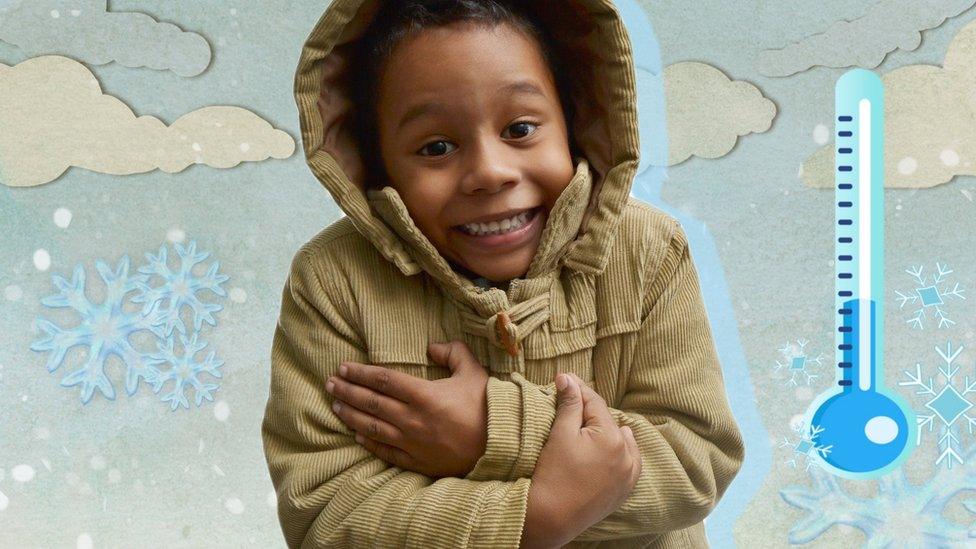Weather: Next generation of weather satellites heading into space
- Published
- comments
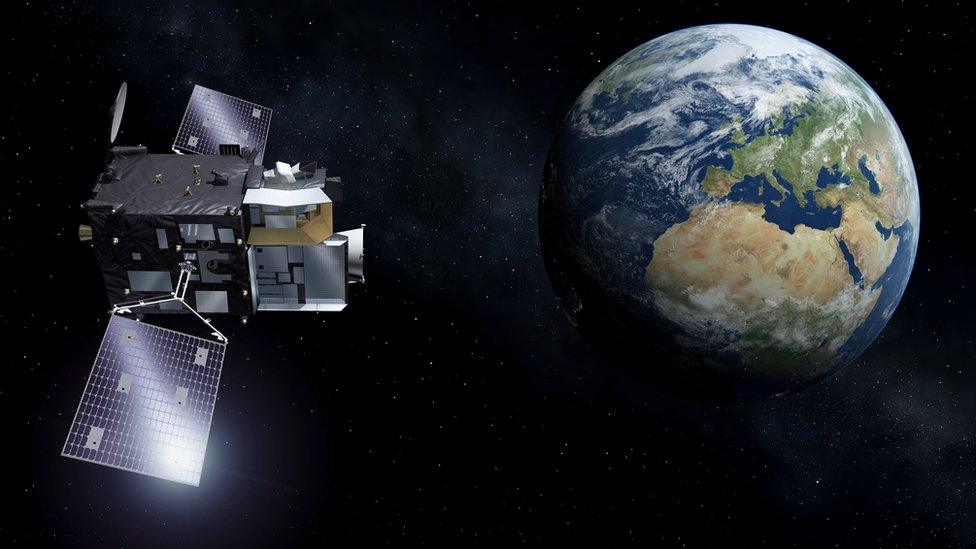
Sometimes it feels like we can't predict the weather but a fleet of new satellites being launched might have the answer.
A new generation of weather forecasting tech is starting to be launched into space as part of a scheme to improve weather predictions and to monitor climate change.
The satellites will also contain a camera which will be able to detect lightning.
Experts say it will help to better prepare for extreme weather events like violent storms.
How do we predict the weather?
The Big Question: How do we predict the weather?
Weather forecasters - also known as meteorologists - look at lots of different data to be able to predict what the weather will do.
The current European satellite technology is more than 20 years old.
The satellites collect data which then gets sent to a computer to help meteorologists create a forecast for the next few days.
Why do we need new satellites?
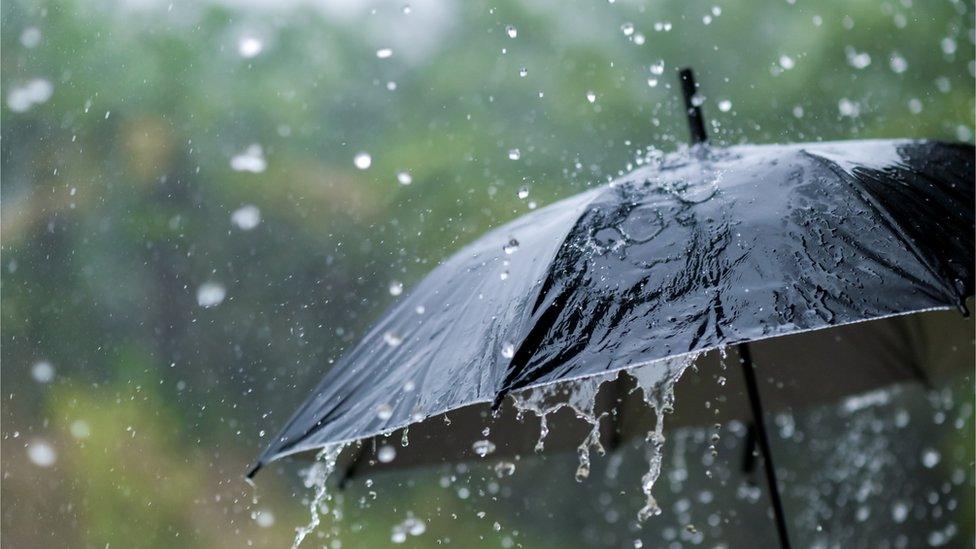
Experts say the new generation of satellites will help predict extreme weather events like storms
The imaging satellite - called the Meteosat-12 - is the first in a series of six satellites that was launched on Monday 13 December from Kourou spaceport in French Guiana.
The current satellite sends a full picture of the weather below it every 15 minutes. Meteosat-12 can send one every 10 minutes.
It will be able to see even smaller features in the atmosphere and view them in more wavelengths of light.
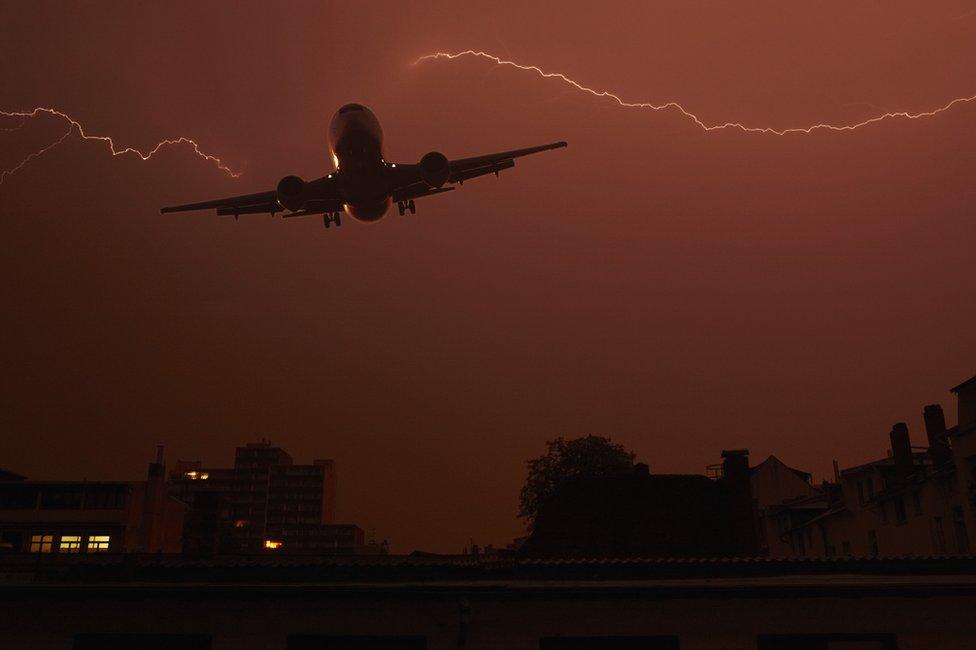
The lightning camera will be able to help things like the aviation sector
This will provide meteorologists with a lot more data to work with than they do now.
The Meteosat-12 will also include a camera to detect lightning.
This is important because lightning can also give weather experts information about violent wind gusts, heavy rain and hail.
Lightning can be tracked through radio frequency emissions but they only really show when the lightning hits the ground.
90% of lightning happens in the clouds or in the air.
The new cameras will be able to identify a lot more lightning strikes which will help to predict extreme weather events like big storms.
What happens now?
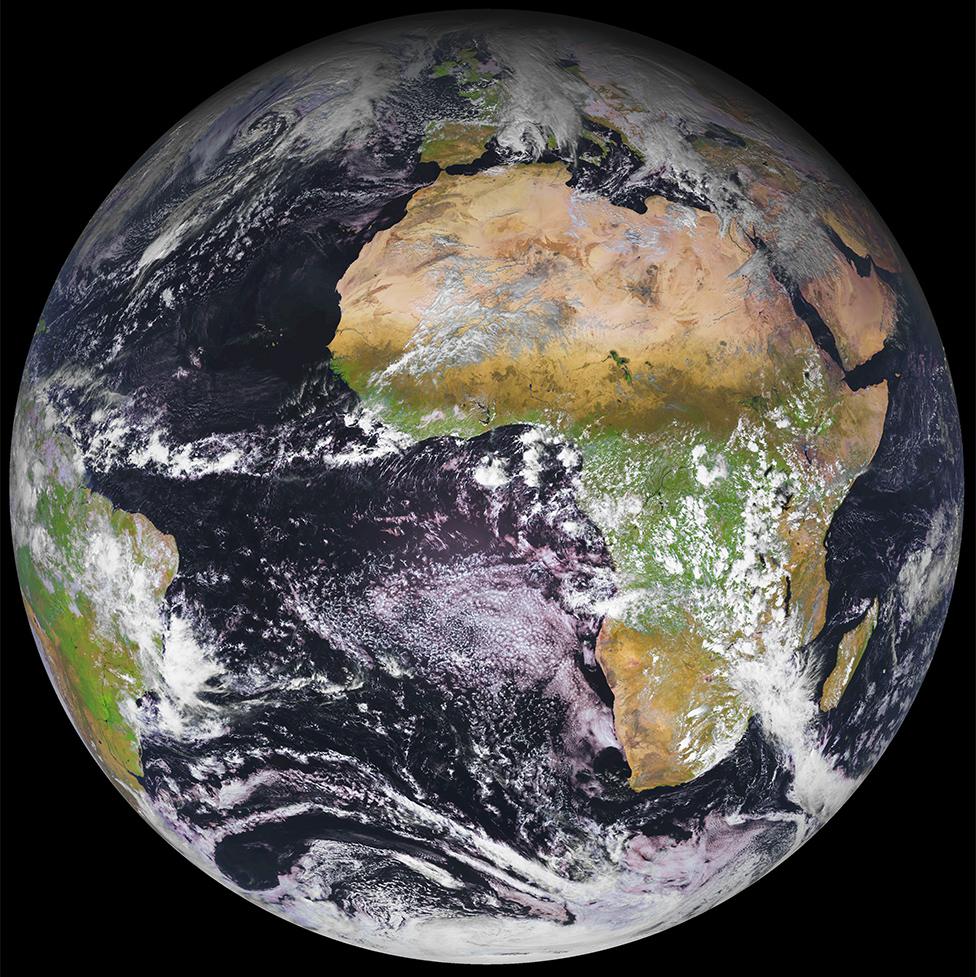
A full disc image of the Earth will be returned every 10 minutes
The satellite being sent into space this year is the first in a new generation of spacecrafts.
A sounding spacecraft will be launched in 2024 to sample the temperature and humidity through the atmosphere.
Another image satellite will be sent up in 2026 and this one will send images of just Europe up to every 3 minutes.
It's hoped better weather reports will give the public confidence to go about their day, help with sectors like plane travel and add to the economy.
- Published11 December 2022

- Published11 November 2022
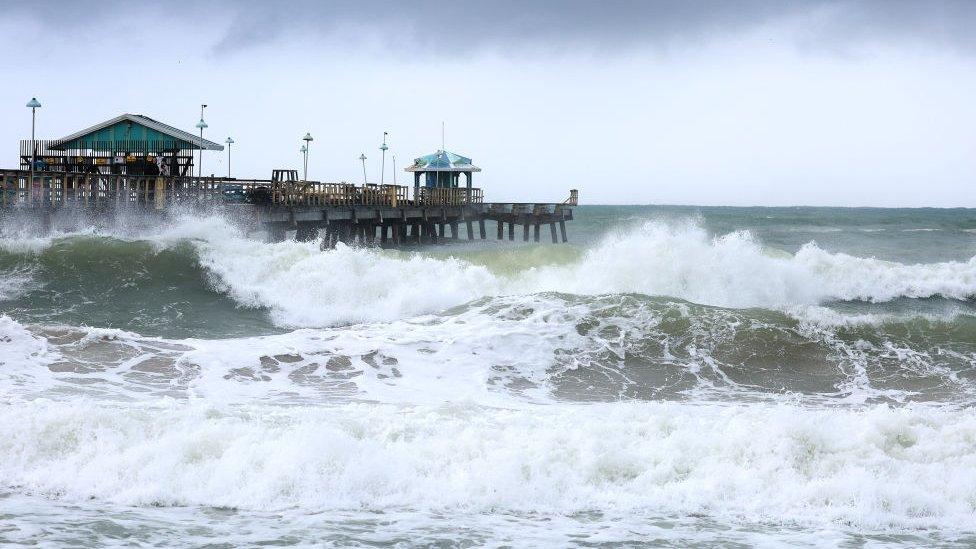
- Published8 December 2022
